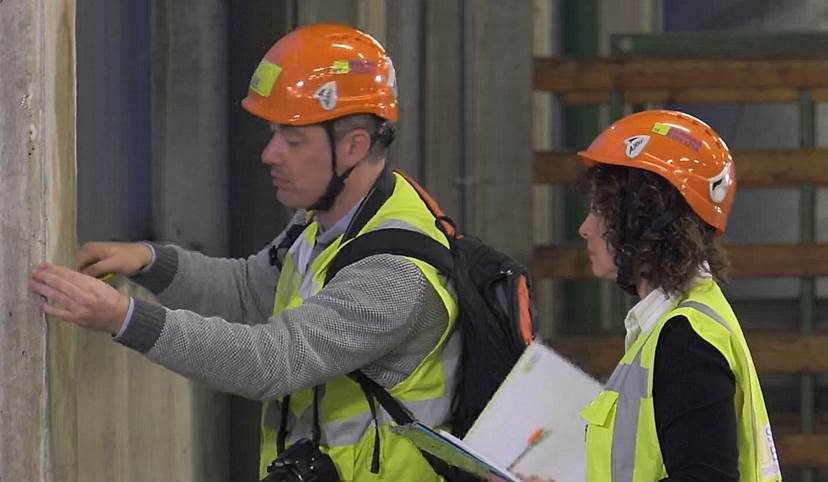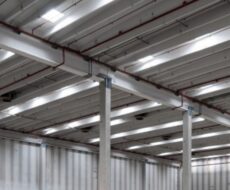
April 27, 2020
Assessing seismic risk
We help companies assess their risk and prepare the relevant risk assessment document.

How do you assess a building’s level of seismic risk?
Italy is known for being a country with a high seismic risk, calling for relevant specific preventive action. This action does not concern just private residences, but workplaces too. What are the applicable obligations? What are the best tools?
Italy’s occupational safety legislation
Over the years, awareness around the risks in manufacturing facilities (especially precast concrete buildings) has gained ground and become an increasingly central issue, partly given the relevant incentives introduced, first with the Sisma Bonus scheme and then Superbonus 110%. In Italy, the regulation governing occupational safety is the legislative decree (D. Lgs.) 81/08. More specifically, article 17 requires the employer, and the employer alone, to assess all risks and consequently compile the risk assessment document. The law states that the building must be safe and stable in its response to “environmental actions”, thus also referring to the possibility of an earthquake.
As part of our daily work, we provide companies with help in assessing the risk and preparing the essential risk assessment document.
Seismic vulnerability is determined as a comparison of the structure’s resilience in relation to the seismic area it is in and/or ground acceleration.
The investigations carried out can vary depending on the type of surveys performed: more quality-based estimates are based on the main features of the building’s component elements; while numerical estimates are usually more complex and are performed using linear and non-linear calculation systems.
When it comes to us assessing vulnerability, it is essential to check the fastenings connecting the structures (column-beam, roof beam-beam, infill panels, etc.). They are frequently the critical element requiring work.
Steps in the assessment of seismic vulnerability
The seismic vulnerability of a building comprises a number of steps.
- The first is a fact-finding investigation that provides a picture of the current state of the building with floor plan, elevation and structural surveys, and surveys to determine the structure’s state of repair and level of deformation. Then there is the historical/critical analysis, which takes into consideration current strain, also assessing the strength of the materials (Determination of mechanical properties of materials).
- The assessment then moves on to a structural analysis and to determining the vulnerability of the existing structural system.
- Once all these steps are complete, we can come up with ideas as to what work can be carried out to bring the building up to code.
While assessing the vulnerability of existing buildings is a requirement, it is also a powerful and essential prevention tool in a country, like Italy, where precast concrete buildings erected prior to 2009 do not meet seismic code requirements.






